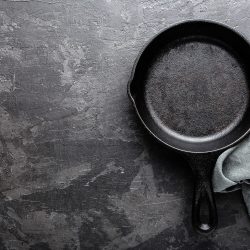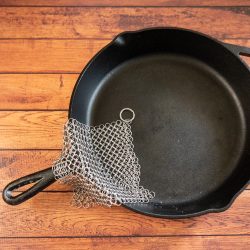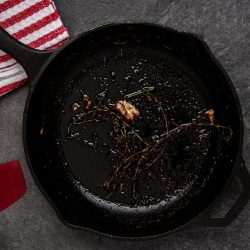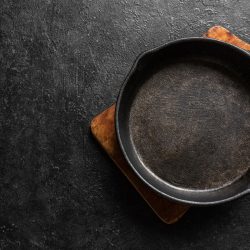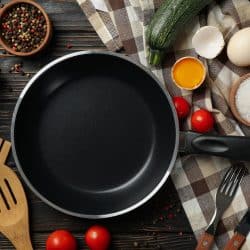Oven cleaners are used to remove cooked food and grease from the inside ovens. But can you use oven clean for the stovetop? Let's take a look to see if this is a safe cleaning solution for your stove.
You can use oven cleaners on gas and electric stovetops. They work well at removing burnt food and grease. Let the oven cleaner sit for 10 minutes or so for best results before wiping it off.
Like other kitchen cleaners, oven cleaner does more than the name suggests. In this article, we will discuss how to use oven cleaner to clean your stovetop. In addition, we will answer other frequently asked questions about cleaning a stovetop, so read on!
Is Oven Cleaner Safe To Use On A Stovetop?
When cooking, things can go wrong, and your stovetop can become splattered with burnt food or grease. When this happens, it can be difficult to remove all the residue.
If you have tried everything to remove the mess, an oven cleaner may be your best option. Oven cleaners are strong, effective cleaning products that can break down grease and burnt food.
For electric stovetops, ensure that the burners have completely cooled before you start cleaning. You can make the problem worse if you spray on oven cleaner while the burners are still hot.
For gas stovetops, remove the components and let them soak in warm water and soap before you start cleaning with an oven cleaner.
Spray the oven cleaner onto the stovetop and let it soak for 10-15 minutes. Then use a sponge or magic eraser to work the oven cleaner into the surface. Wipe off any remaining residue with a damp cloth.
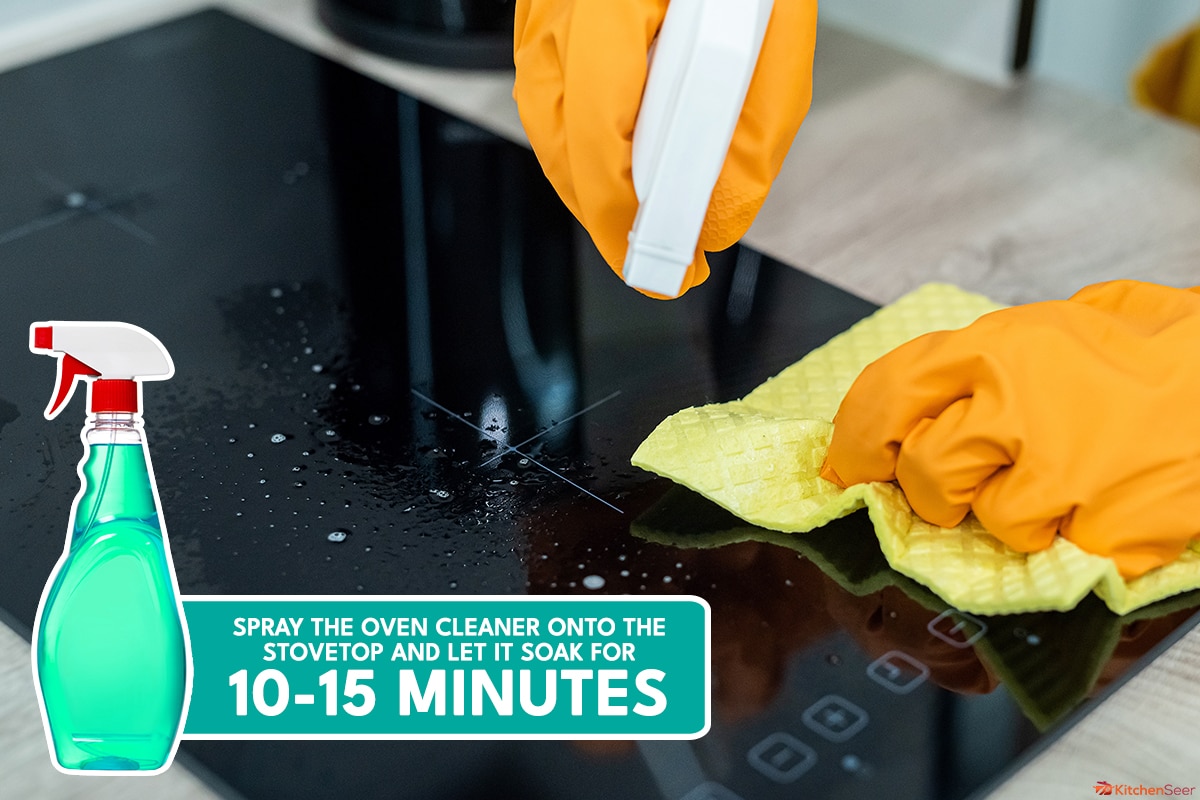
Be sure not to use a metal scourer or scrubbing brush, as this can scratch the surface. Finally, use a dry cloth to buff off any residual cleaner. If you have stubborn pieces of burnt food, you can use a plastic spatula or wooden spoon to gently scrape them away.
If you don't have oven cleaner handy, there are other methods you can try to clean your stovetop. Let's take a look at them below:
Hydrogen Peroxide And Baking Soda
The combination of hydrogen peroxide and baking soda is a great way to clean stovetops. The hydrogen peroxide will help to break down the grease and burnt food, while the baking soda acts as a mild abrasive for scrubbing away any residue.
First, remove any chunks of food debris that you can. Then, sprinkle the baking soda onto the stovetop and then spray with hydrogen peroxide.
Let it sit for 10 minutes before scrubbing it with a sponge or cloth. Rinse off any residue and wipe the surface clean.
Salt And Baking Soda
If you don't have hydrogen peroxide but you have salt and baking soda, this is a great alternative. Simply mix 1 tablespoon of baking soda with 1 tablespoon of salt, and add enough water to make a paste.
Dip a sponge or kitchen rag in the paste and scrub the stovetop. The salt will act as an abrasive, while the baking soda helps to break down grease and burnt food.
Once you have finished scrubbing, rinse off any remaining residue and wipe off the surface with a damp cloth.
Lemon And Baking Soda
The acidic properties of lemon juice make it great for cutting through grease and removing burnt food. You can mix 1 tablespoon of baking soda with 1 teaspoon of lemon juice to make a paste.
Spread the paste over the stovetop, let it sit for 10 minutes, and then scrub gently with a sponge or kitchen rag. You can also sprinkle the baking soda onto the stovetop and brush it in with half a lemon.
Rinse off any residue and wipe the surface clean with a damp cloth.
Dish Soap And Warm Water
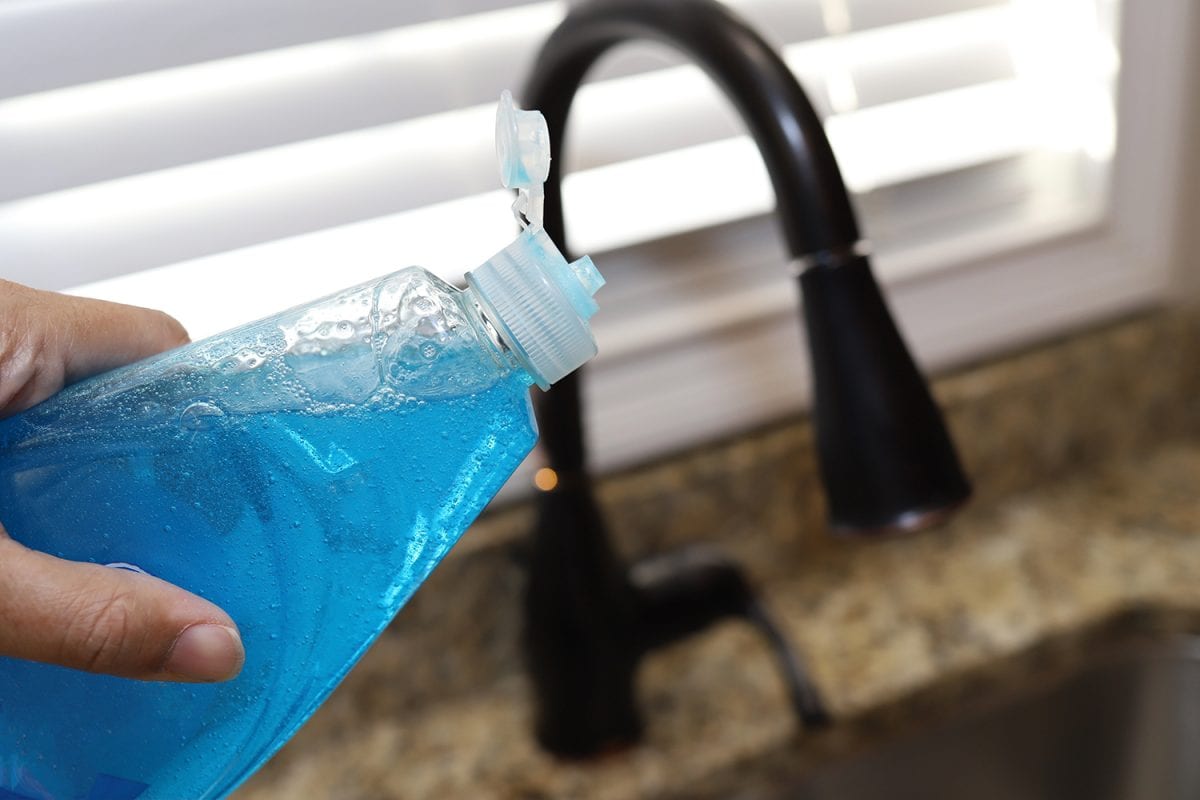
Depending on how bad the mess is, dish soap and warm water may be enough to do the job. Soak a sponge or kitchen rag in warm, soapy water, and scrub away at the burnt food and grease.
For tougher stains, you can use a plastic spatula or wooden spoon to scrape away any residue before wiping it off with a damp cloth.
White Vinegar And Water
White vinegar is a versatile cleaner, and it can be used to clean stovetops. Simply mix one part white vinegar with two parts water in a spray bottle, then spray onto the burner or stovetop.
Let it sit for 15 minutes before scrubbing it with a sponge or kitchen rag. Rinse any remaining residue with warm water and dry the surface with a cloth.
If you have leftovers, you can use the mixture to clean other kitchen surfaces and appliances.
Boiling Water
Lastly, you can use boiling water to loosen any burnt food or grease. Be sure to wear oven mitts and exercise caution when pouring the boiling water; it can easily cause burns if you're not careful.
Once you have poured the boiling water, let it sit until the water cools. Then, scrape off any remaining residue with a sponge, magic eraser, or kitchen rag.
Finally, wipe off the surface with a damp cloth and buff off any remaining cleaning residue with a dry cloth.
That's it! With these tips, you'll be able to easily and effectively clean your stovetop or burner—no more burnt messes!
Simple Green
If you happen to have some Simple Green around the house, you can also use it to clean your stovetop. Simple Green can clean almost any surface, and it is great for tackling tough messes.
Like the other steps, begin by removing any chunks of food debris. Then, spray some Simple Green directly onto the stovetop and let it sit before scrubbing with a sponge or kitchen rag.
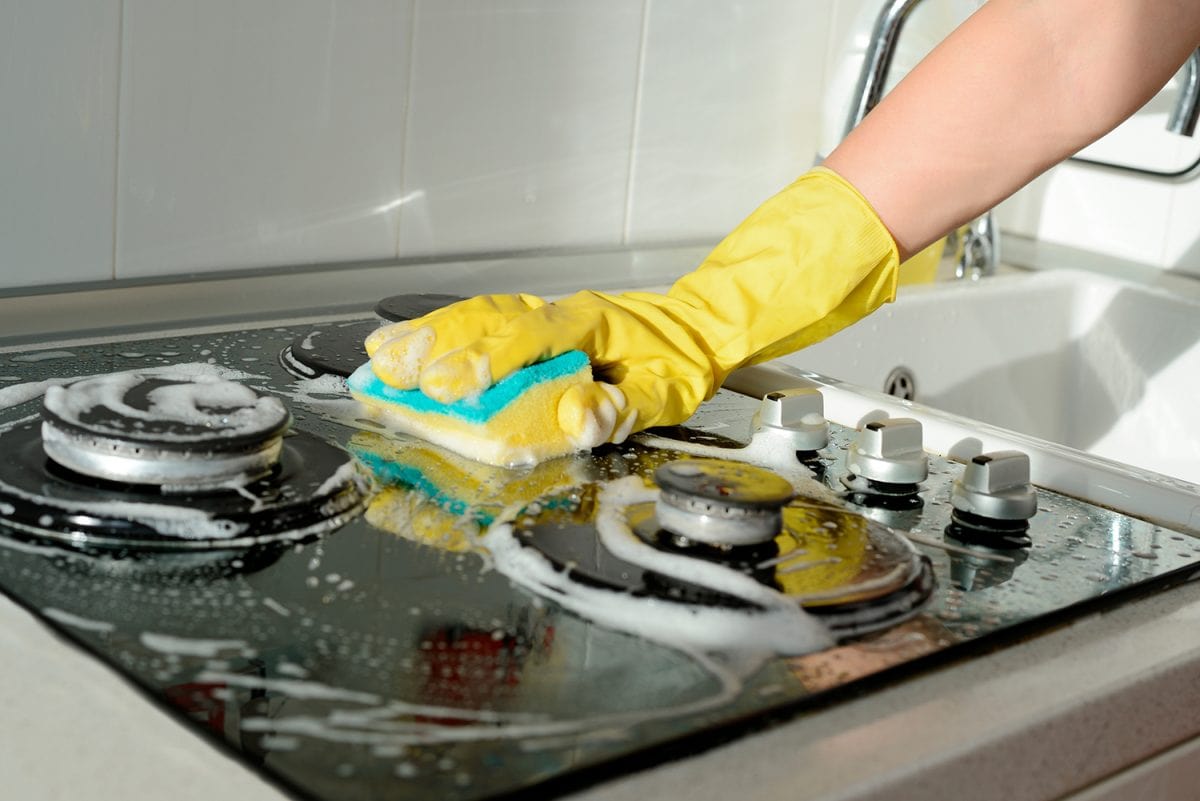
Then rinse and wipe off any residue with a damp cloth. For tougher messes, you may need to repeat the steps several times before it is completely clean.
Click here to see Simple Green on Amazon.
When Should You Not Use Oven Cleaners?
While oven cleaners can be a great way to remove tough messes, there are some instances where they should not be used. To avoid any accidents, let's take a look at some of the situations in which you should not use oven cleaners.
Self-Cleaning Oven
It is not recommended to use oven cleaners on self-cleaning ovens. Self-cleaning ovens are designed to be used with only water, as the cleaning chemicals can damage the heating elements or other internal components.
If you have a self-cleaning oven, let the cycle run or use water and a sponge to clean it.
On Certain Oven Components
There are certain components inside your oven that should not be exposed to oven cleaners. This includes the heating elements and gaskets.
Oven cleaner can cause these parts to degrade over time, leading to a decrease in performance or even damage.
Without Eye And Skin Protection
Make sure to always wear eye and skin protection when using oven cleaners. These chemicals can irritate the skin and eyes, so be sure to use gloves and safety glasses to protect yourself from any potential mishaps.
Without Ventilation
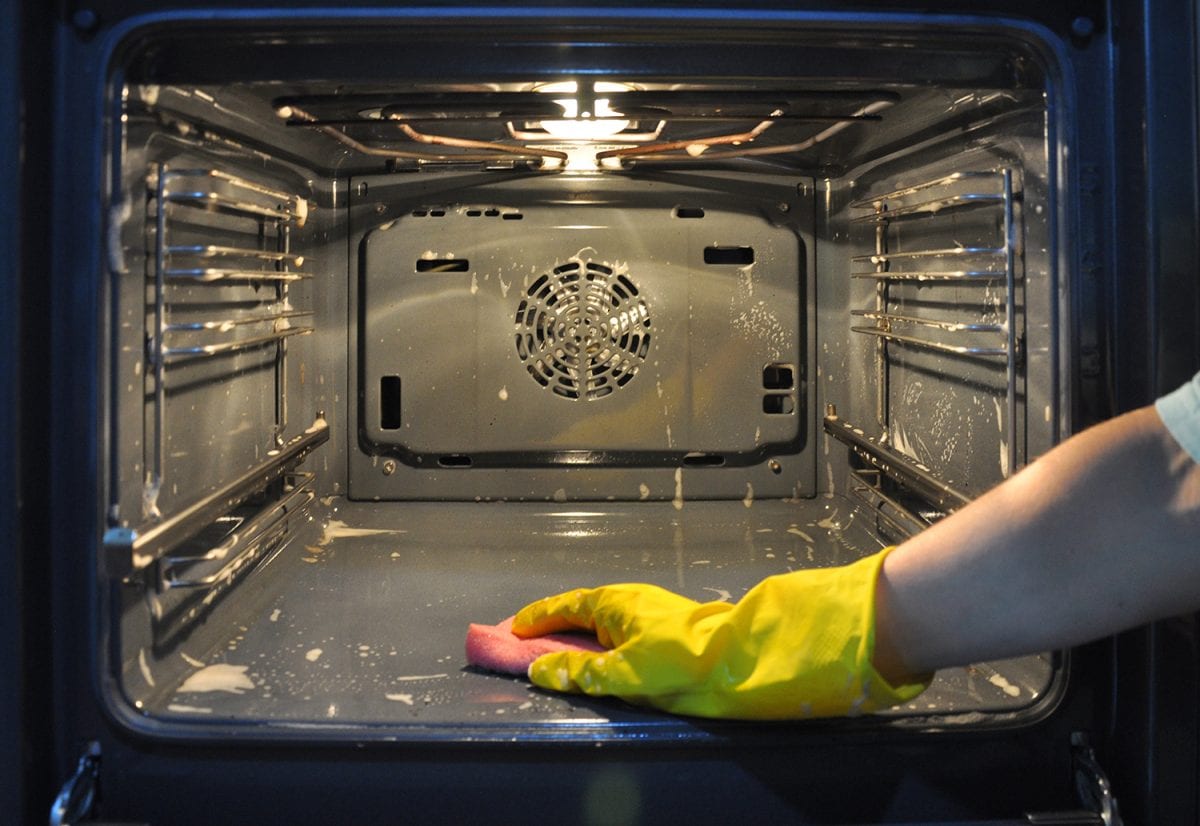
When using a harsh oven cleaner, make sure to do so in a well-ventilated area. The fumes from oven cleaners can be hazardous, so it's important to open windows or use a fan to ensure proper ventilation.
If they are breathed in, they can cause coughing, headaches, or nausea. To avoid this, always make sure that you are in a well-ventilated area when using oven cleaners.
This is especially true if you have kids, pets, or elderly people in the house. With that said, you should also make sure the oven cleaner is put away and out of reach when it's not in use. This means storing it above the fridge or having a lock on the cabinet it is stored in.
Following these tips will help you get your oven clean without any risk of damage or health hazards.
Can You Use Oven Cleaner For Cast-Iron Skillets?
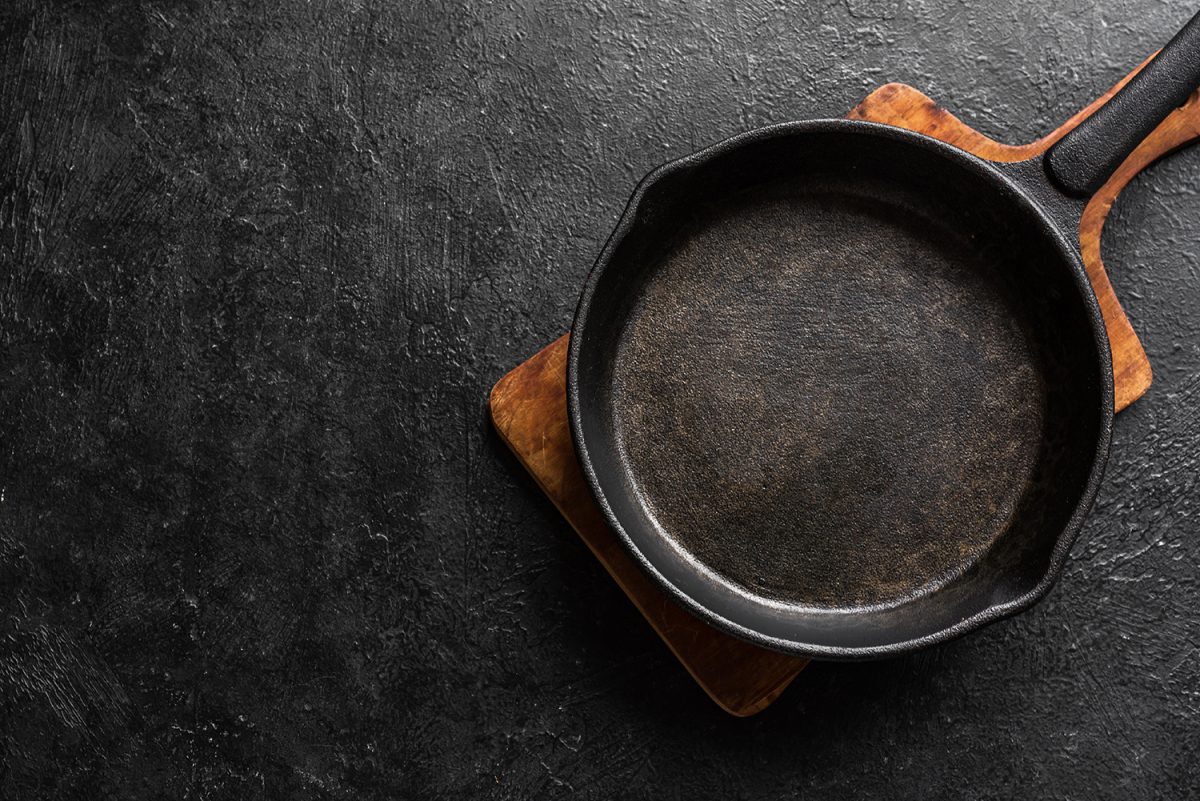
In addition to cleaning your stovetop, you can use oven cleaner to clean any cast-iron skillets that have tough, burnt-on food.
To clean a cast-iron skillet with oven cleaner, follow these steps:
- While wearing gloves, spray the inside and outside of the cast-iron skillet with the oven cleaner. Be sure to wear gloves, as the oven cleaner is harsh on the skin.
- Place the cast-iron skillet into a bag and seal it.
- Let the cast-iron skillet sit for 24 hours.
- After 24 hours, take the skillet out, and using steel wool and hot soapy water, scrub the skillet to remove any remaining oven cleaner residue.
- Rinse the skillet and add one part white vinegar with one part water into the skillet.
- Let the cast-iron skillet sit for another 30 minutes.
- Rinse the skillet with water and season it before storing.
By following these steps, you can successfully clean your cast-iron skillets with oven cleaners. Be sure to wear gloves and use proper ventilation when using the oven cleaner.
Final Thoughts
As you can see, an oven cleaner can effectively remove burnt messes from your stovetop. But you should always take the necessary precautions when using it and ensure that you only use oven cleaner when it is safe to do so.
Made it to the end? Here are other articles you might find helpful:
How To Strip Cast Iron Without Oven Cleaner
How Long Does Oven Self-Clean Take?
Can I Use Oven And Stove At The Same Time? [How Hot Do Each Get?]


